The Tamron 17-70mm F2.8 Di III-A VC RXD could be the best lens for APS-C cameras ever made. It combines weather-resistance with fast autofocus and a lot of versatility. For the record, it’s more or less a 24-120mm f2.8 equivalent zoom. And for any APS-C photographer, that’s a dream. To boot, it’s also incredibly small for what it is. While it feels fantastic on Sony cameras, some Fujifilm photographers might not necessarily want to use it. However, it’s great on both camera systems.
This review was updated June 27th 2022. A whole other section was created just for the Fujifilm variant.
Pros and Cons
Pros
- Small
- Weather sealed
- Under $1,000
- Image stabilized
- Basically a 24-105mm at f2.8
- Lightweight
Cons
- Tamron is a beautiful diamond being wasted on the sad Ringpop that is the Sony APS-C camera system.
What’s Innovative About This?
The Tamron 17-70mm F2.8 Di III-A VC RXD is the full-frame equivalent of a 26-105mm f2.8 lens. The depth of field will be around f4.2 in full-frame too. But the light gathering and true aperture will still be f2.8. This is the first time we’ve ever gotten a lens like this. Add onto all this the vibration compensation, sharp optics, and weather sealing features. Then realize that it’s under $1,000. To me, this sounds like a no-brainer.
It’s a truly usable large range that photographers can use with confidence every day. Sigma has their 18-35mm f1.8 lens, but it’s not as useable a range as this Tamron offering. For what it’s worth, I think this lens is wasted on E Mount. Everyone fawns over the company’s full-frame cameras. It has also come to Fujifilm X series. It could also even make the Nikon Z50 seem more useful.
Gear Used
We tested the Tamron 17-70mm F2.8 Di III-A VC RXD on the Sony a6600. We also used it with Profoto lighting.
Tech Specs
Specs are taken from AlphaShooters
Lens construction: 16 elements in 12 groups
Angle of view (APS-C): 79゜55′-23゜00′
Number of diaphragm blades: 9(Rounded diaphragm)
Minimum aperture: F22
Minimum focusing distance: 0.19m (7.5 in) (WIDE) / 0.39m (15.4 in) (TELE)
Maximum magnification ratio: 1:4.8 (WIDE) / 1:5.2 (TELE)
Filter size: φ67mm
Diameter: 74.6mm
Length: 119.3mm (4.7 in)
Weight: 525g (18.5oz)
Accessories: Flower-shaped hood, Lens caps included
Ergonomics
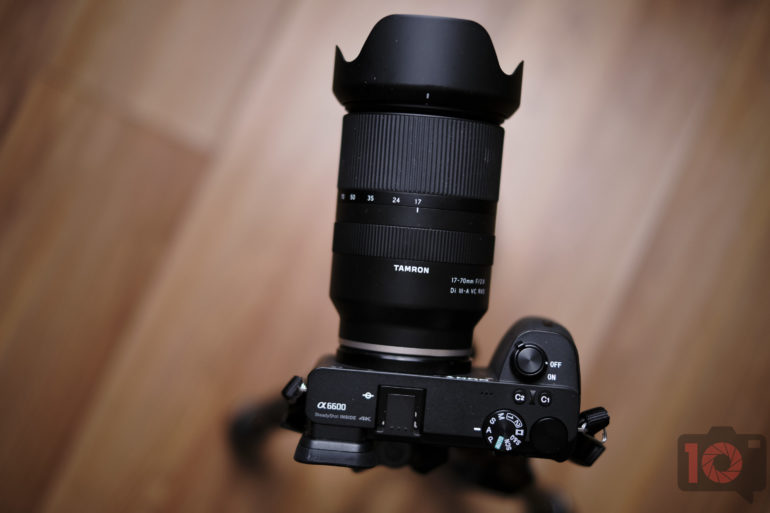
The Tamron 17-70mm F2.8 Di III-A VC RXD is a moderately sized lens. I say this because it depends a lot on the situation you’re in. But overall, it’s simple to use thanks to the construction. You can see above that the only controls are a large zoom ring and a small focusing ring.
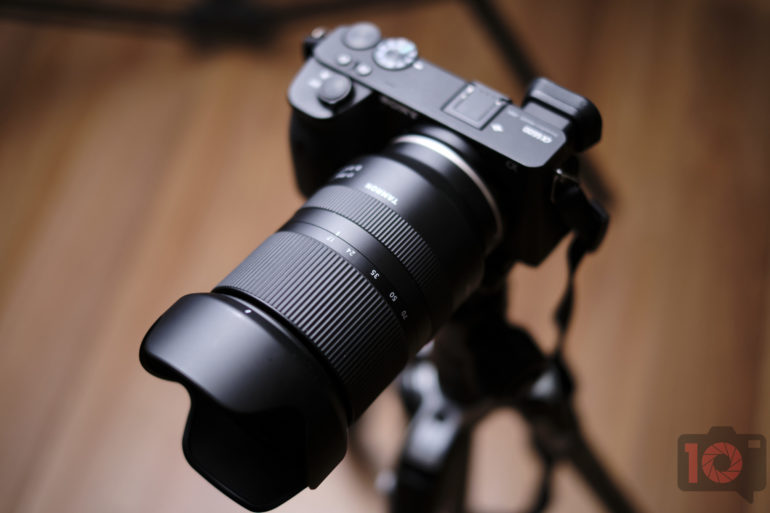
The exterior is made of plastic. However, the lens doesn’t feel like a bad, plasticky lens. It’s a ways better than anything Rokinon has made.
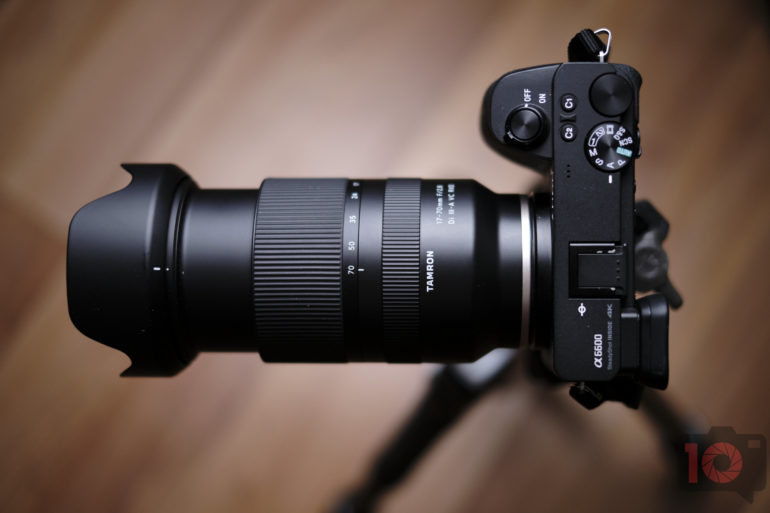
When fully zoomed in, the lens also doesn’t become much larger than it is. And that’s really great for real-life use. Of course, that also means that it isn’t an internally zooming lens.
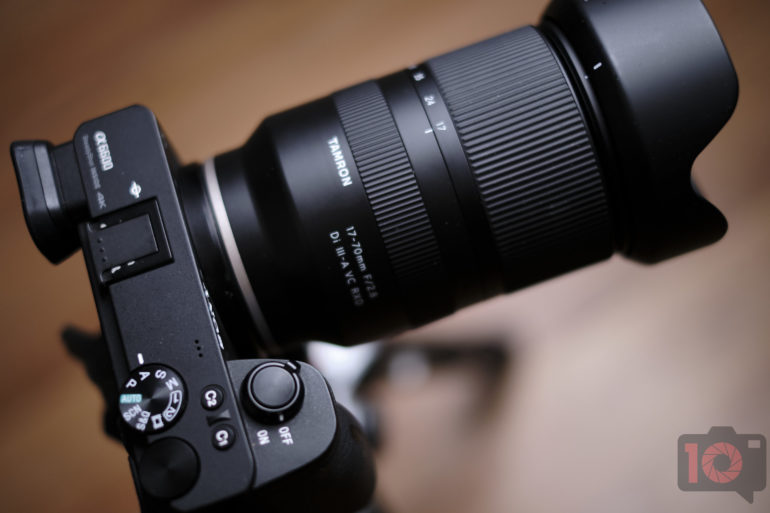
Build Quality

Make no mistake; the Tamron 17-70mm F2.8 Di III-A VC RXD is a massive lens for an APS-C camera. But overall, it’s still smaller than a Canon 50mm f1.2 RF prime lens. It’s also far lighter. The lens is built solidly. It’s a plastic body that doesn’t feel cheap at all. Tamron is a specialist at constructing lenses like this. There are also nice rubber rings for grip.
Of course, this lens is also weather-resistant. We’re confident that it will outlast the Sony bodies it was designed for. Overall, this lens is built to be the only one you need. It’s lightweight and fairly small. Stuff it into a camera bag slot, and you’ll be good to go.
Again, Tamron has built one of the most perfect lenses for APS-C cameras. It’s again a shame it’s being wasted on a format that I don’t think sees its future in APS-C.
Ease of Use
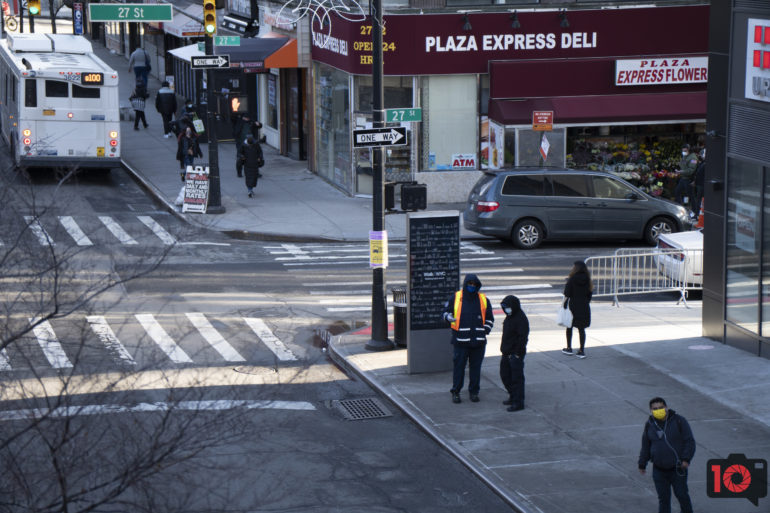
Slap the lens on the camera, point, focus, and shoot. That’s all there is to it. The lens has vibration compensation built-in, which translates into better hand-holding at slower shutter speeds. And if you’re like me, you like creating painterly style images at slower speeds. All the other controls you’d need are in Sony’s camera bodies. Again, this is pretty much the only lens you need for your Sony APS-C camera.
The following images are done with an experimental method I do. You can read more about it here.

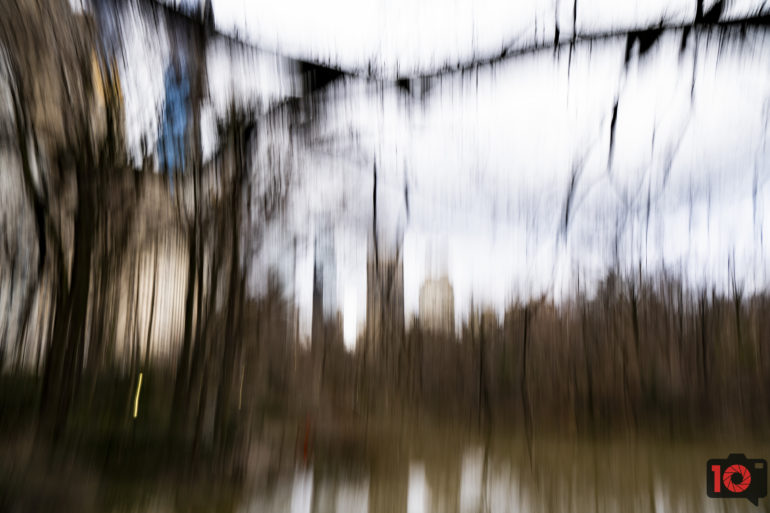
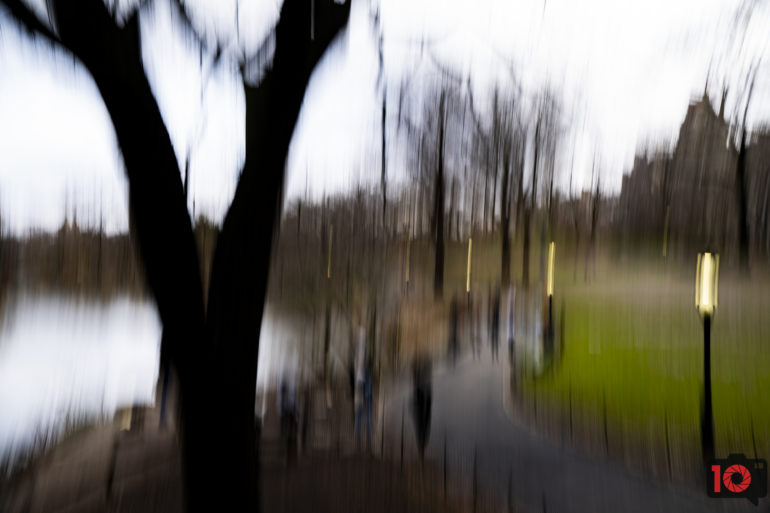
Autofocus
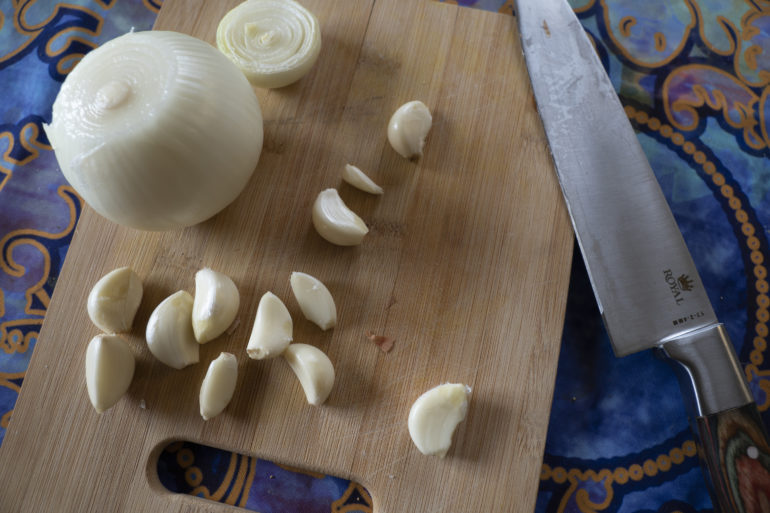
Luckily, there’s nothing to complain about here. Sony has taken the autofocus from the A9 and put it into the Sony a6600. And since Sony owns part of Tamron, the communication is solid. This combo is faster than any lens and zoom combo Fujifilm has as of January 2021. It’s even a bit faster than what the Fujifilm XT4 can give you. You’ll find the Tamron 17-70mm f2.8 Di III-A VC RXD very useful.
Image Quality

As always, it’s hard to complain about Tamron’s image quality. They’re not always the sharpest lenses on the market. But they provide massive value. And the Tamron 17-70mm f2.8 Di III-A VC RXD is no exception. You’re getting a generally solid lens with a bit of character to it. In fact, this lens made me a bit nostalgic. When shooting with it and the a6600, the images looked familiar. On further inspection, I knew I’d seen this somewhere. The images look a whole lot like the output from old Sony cameras. Remember when they had more of a purple tone to them? I’m talking about way back in the NEX days. That’s the case here. And it’s awesome!
Bokeh
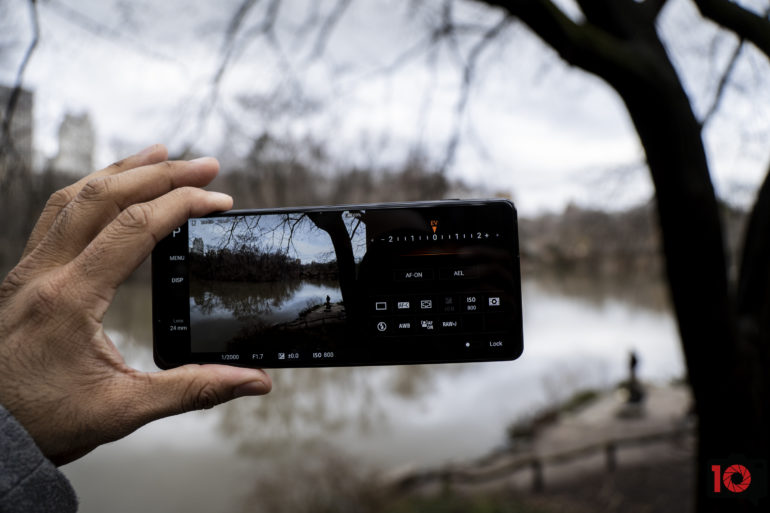
This is a constant aperture lens. Of course, the best bokeh comes when shooting wide open, focusing closely and at the telephoto end. It has 9 aperture blades. That’s not bad. But it’s also not Sony’s 11 aperture blades. That said, the bokeh is really nice still.
Color Rendition
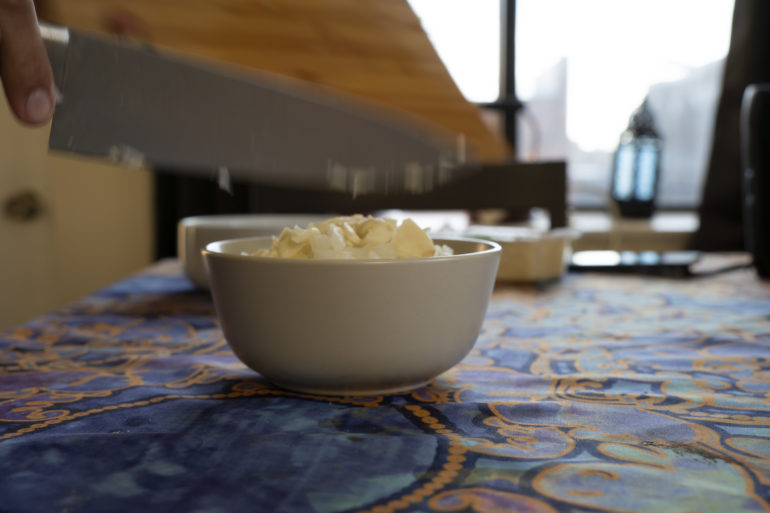
As stated earlier, the Tamron 17-70mm f2.8 Di III-A VC RXD gave me nostalgia. The colors look like old school Sony–which I really miss.
Lens Characteristics

I think we can argue that the color is part of the lens character. But otherwise, the distortion is manageable with the Tamron 17-70mm f2.8 Di III-A VC RXD. We also found no fringing worth speaking about.
Sharpness
We shot our Leica 75mm f2 SL lens product images with this lens. Of course, it’s sharpest when using an off-camera flash.
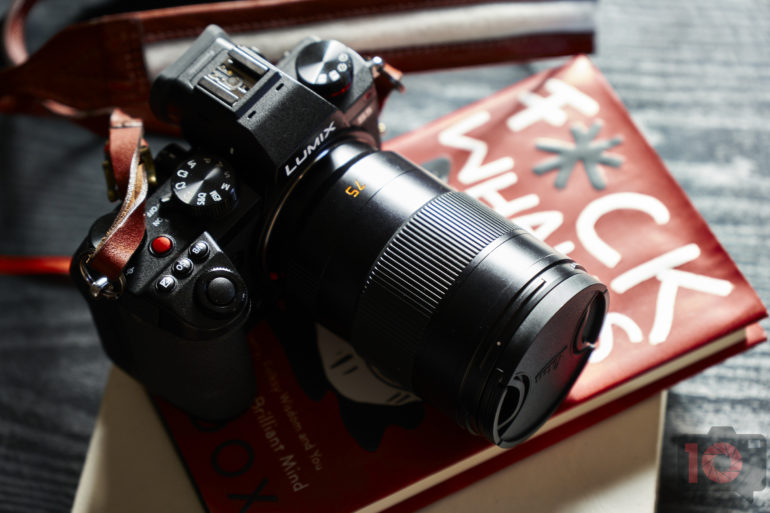
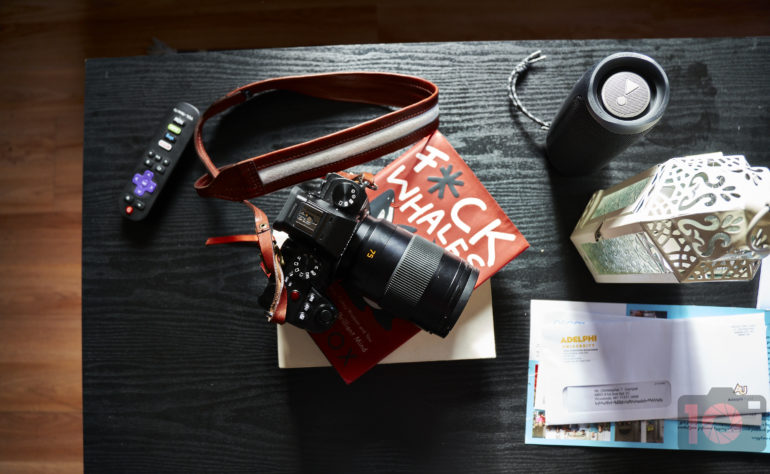
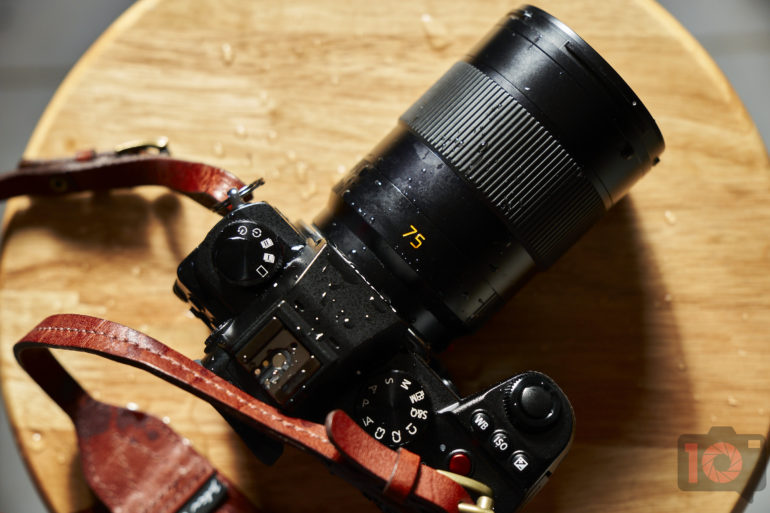
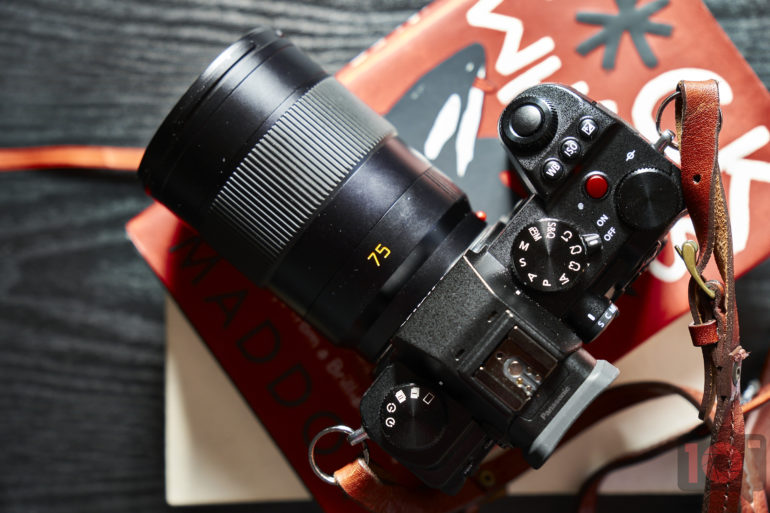
Extra Image Samples

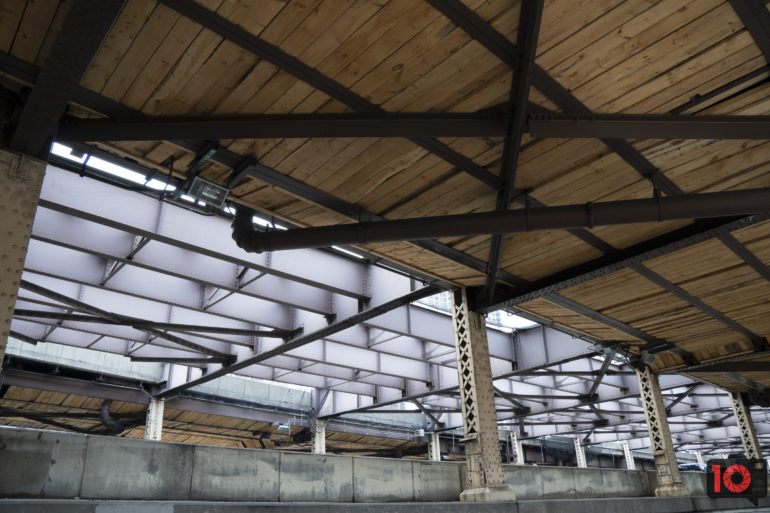

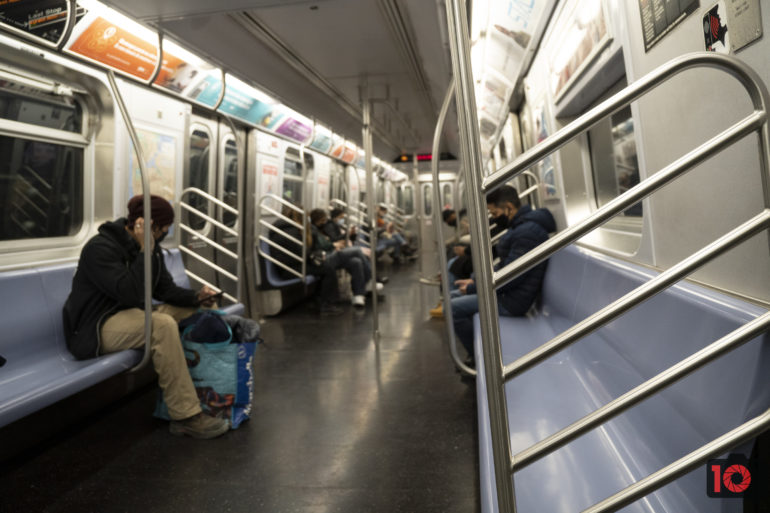
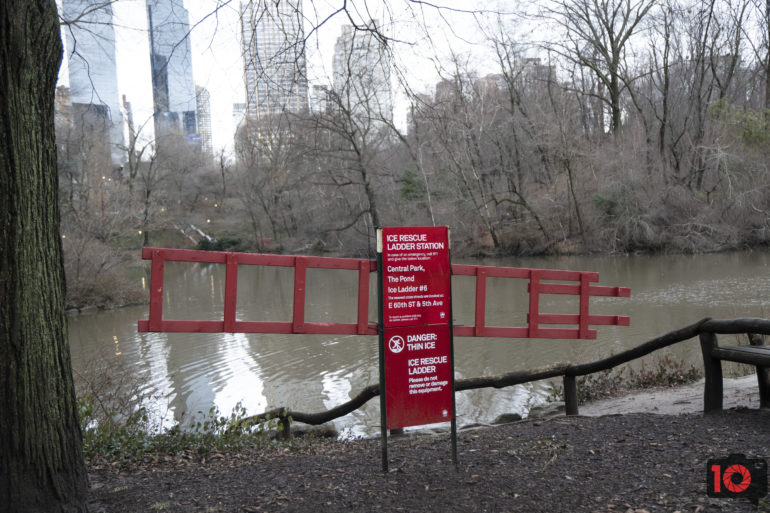
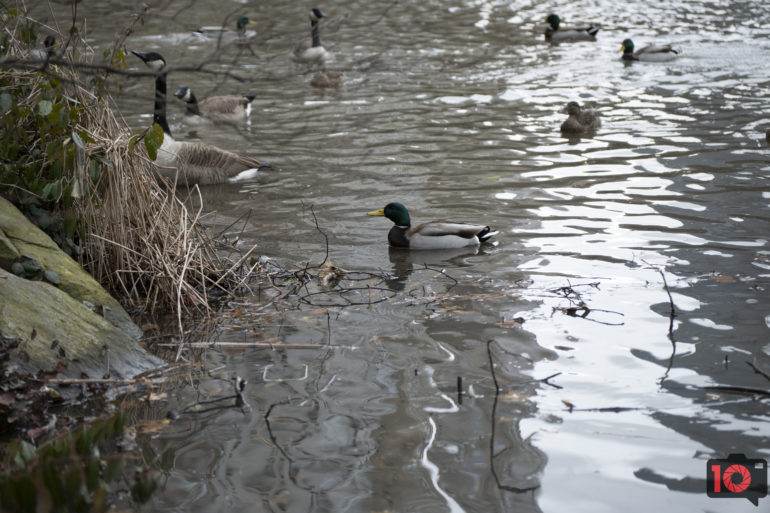
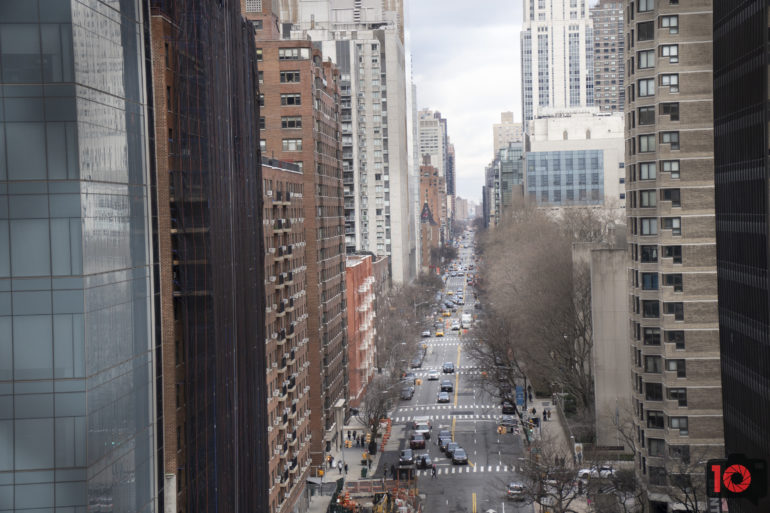

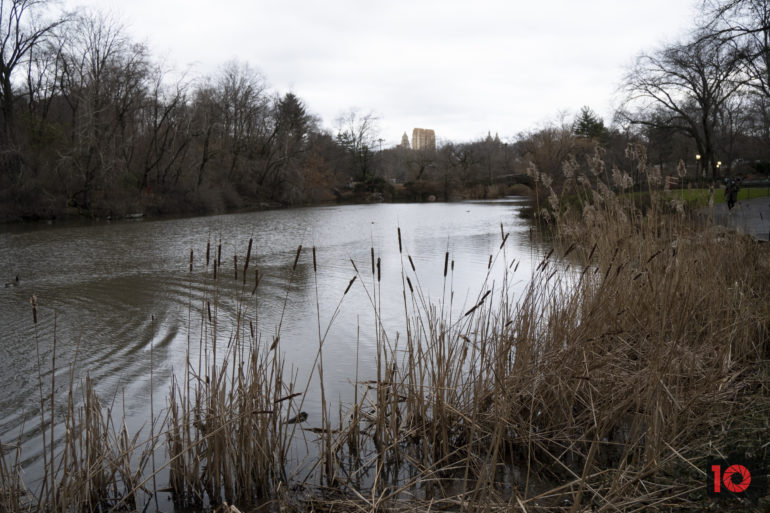


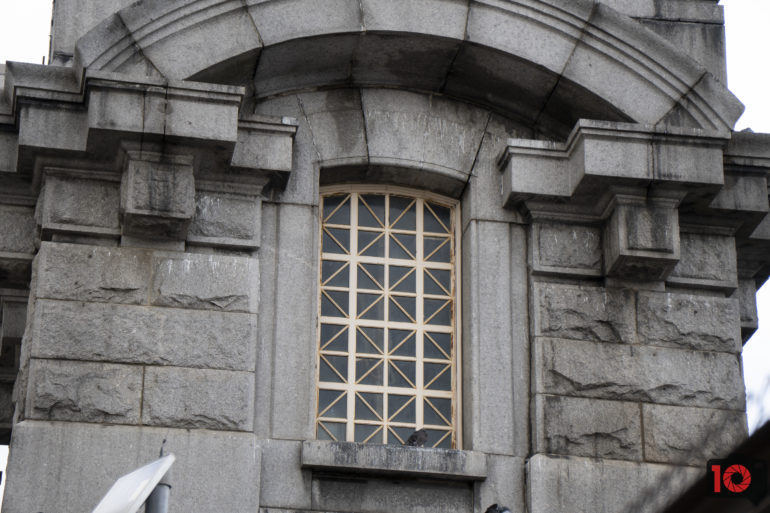
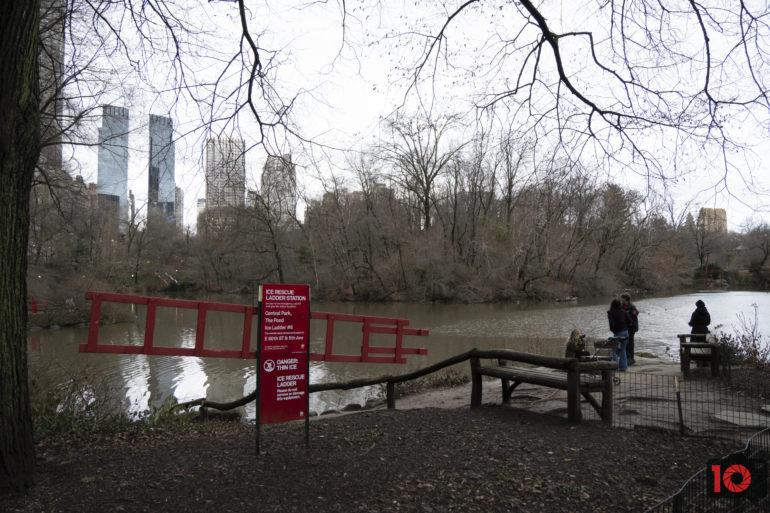
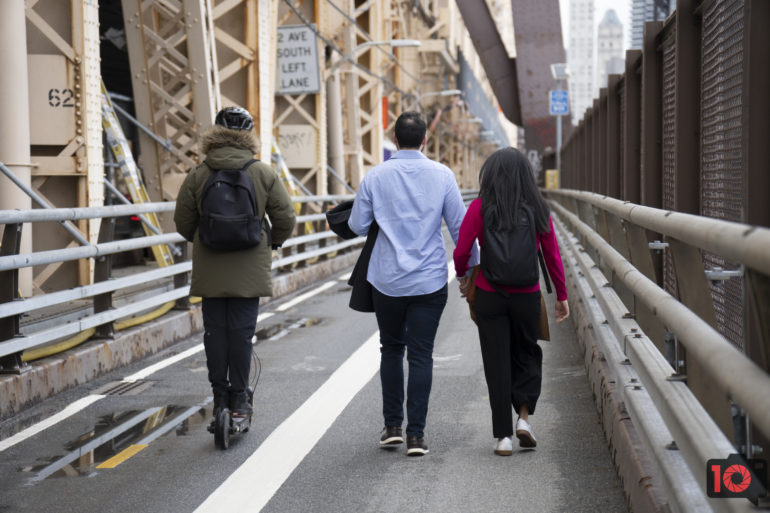
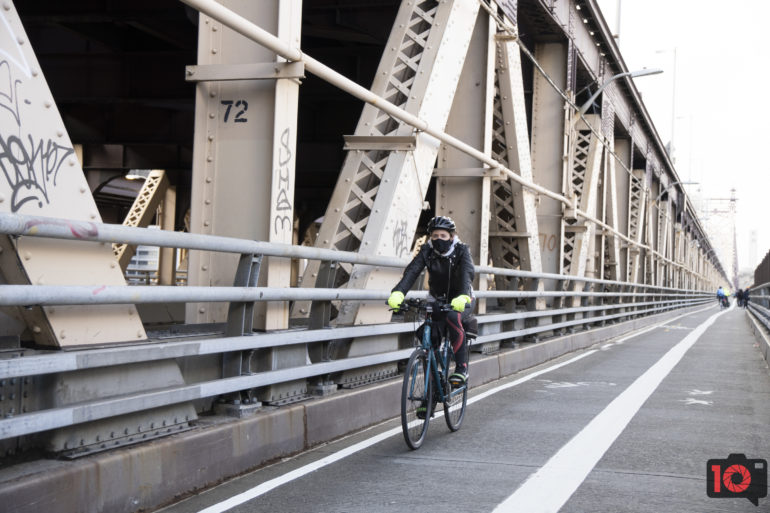







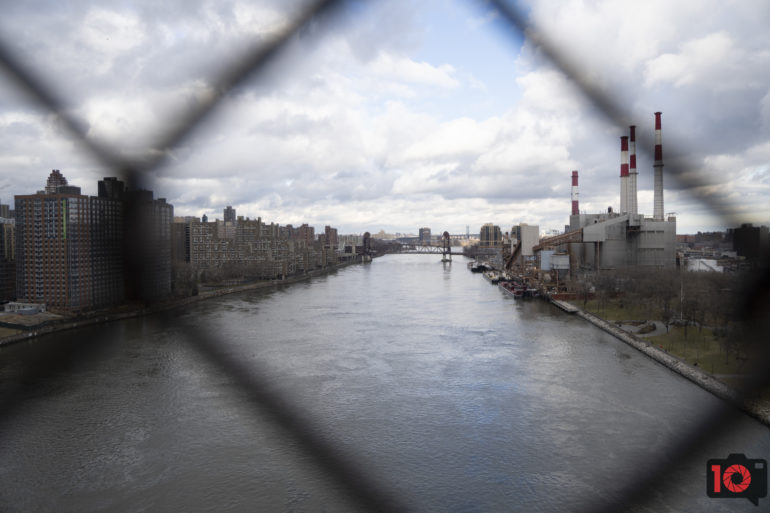
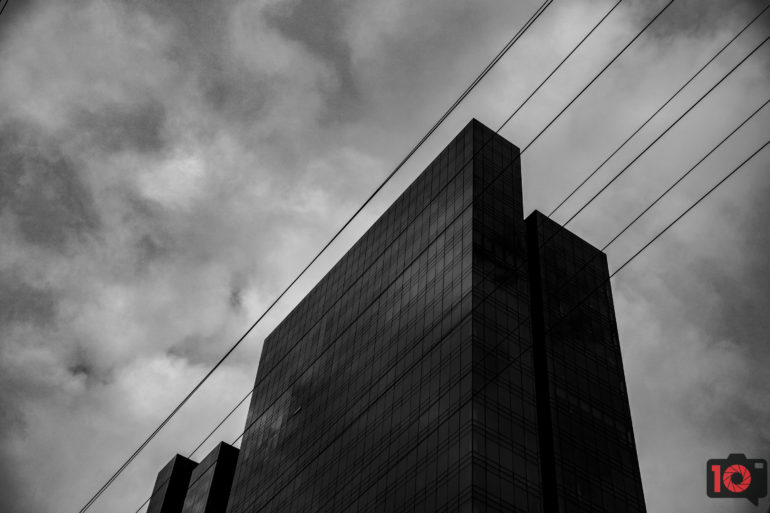
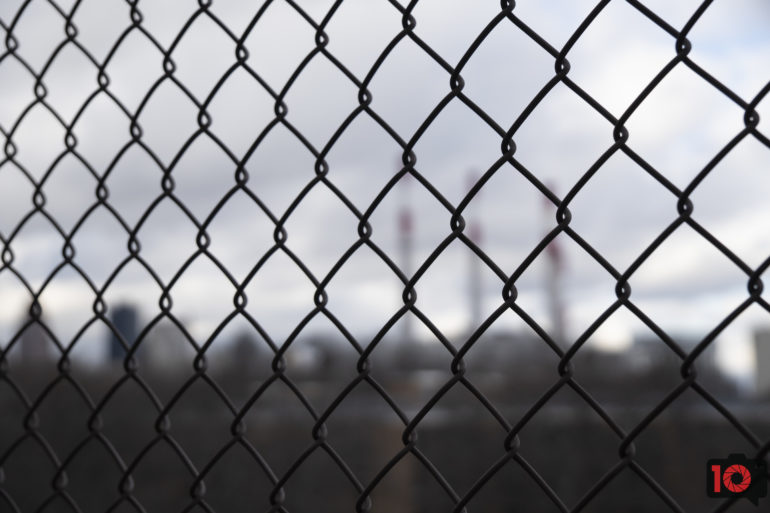

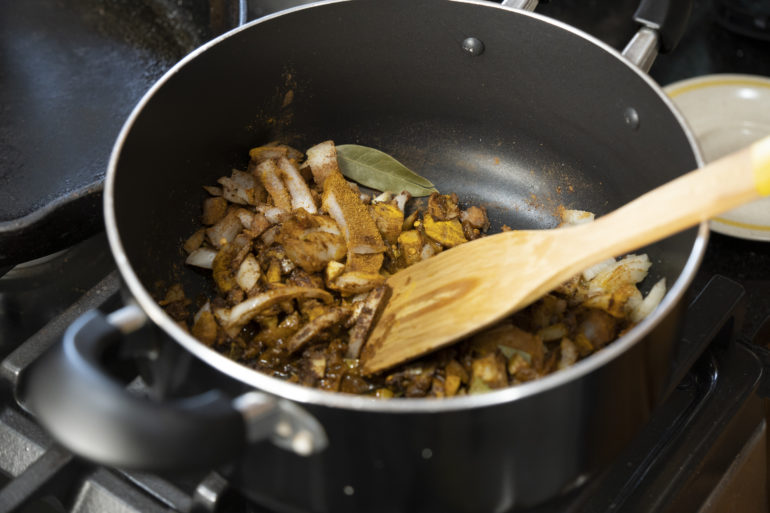
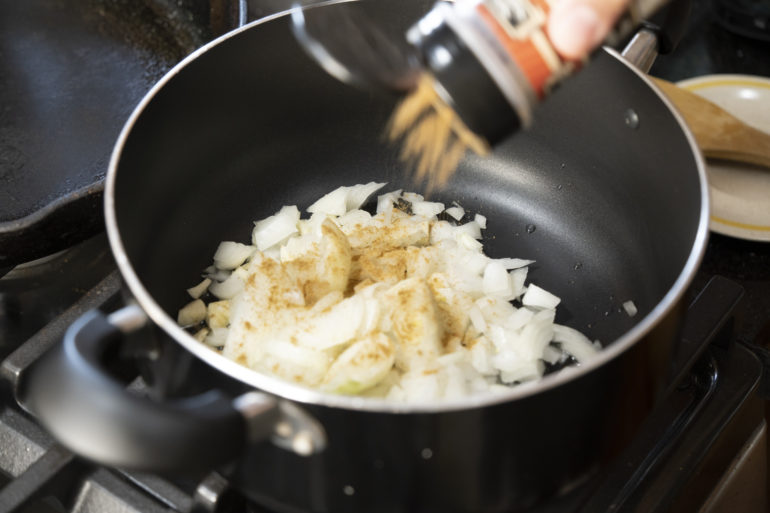









Tested with the Fujifilm X Pro 3

In 2022, Tamron released the Fujifilm variant of the Tamron 17-70mm f2.8 lens. And so I tested it on the Fujifilm X Pro 3. Traditionally a camera meant for prime lenses, the Tamron 17-70mm f2.8 isn’t all that bad on this camera. Does it feel large? Yes. But it surely makes the X Pro 3 very capable and adds a whole lot of extra value to the camera. I used the lens to photograph the 2022 Pride celebrations, some food, and some moments around the New Roots Community Garden.
In terms of how the combo feels, it’s still quite small. I can pack it into both a small Billingham Hadley and a Tenba Fulton bag with no issues at all. And when you put a flash on top of the camera, it feels like you’re ready to photograph a proper event. Despite this, I don’t think any photographers would necessarily want to use this combo. Instead, the Tamron 17-70mm f2.8 probably should be on the XT3 or XH2s.
Note that there is no aperture ring on this lens. So you’re going to need to set a camera dial to control that parameter. That’s easy to do no matter what.

The image quality isn’t all that bad, but there’s clearly something lacking in the magic of Fujifilm files here. I wish that Tamron had made an f2 or f1.8 zoom lens instead. But the Tamron 17-70mm f2.8 is also incredibly versatile being a 24-120mm equivalent at f2.8. If you’re going to photograph an event, I’d still try to get as close to your subject as you can. The depth of field is the equivalent of f4.2 in full-frame language.
In terms of autofocus, this lens can surely hold its own with nearly anything that Fujifilm makes. And that’s wonderful to know! In fact, I’d rate it along the lines of the new Fujifilm LM lenses. That means that it’s faster than most of the older glass out there.
Originally in this review, I stated that I wished that this lens came in a Fujifilm variant. And I still agree with that. But at the same time, I don’t think this should be on the X Pro 3. It should be on another camera. I made some great images with this lens. But at the same time, I couldn’t help but think that I also could’ve done the same with Fujifilm’s excellent prime lenses.
All of the images below have received minor edits in Capture One Pro.

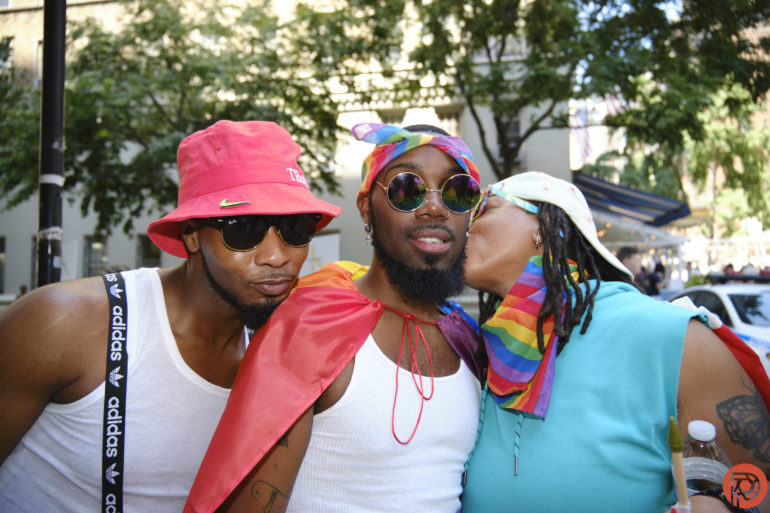
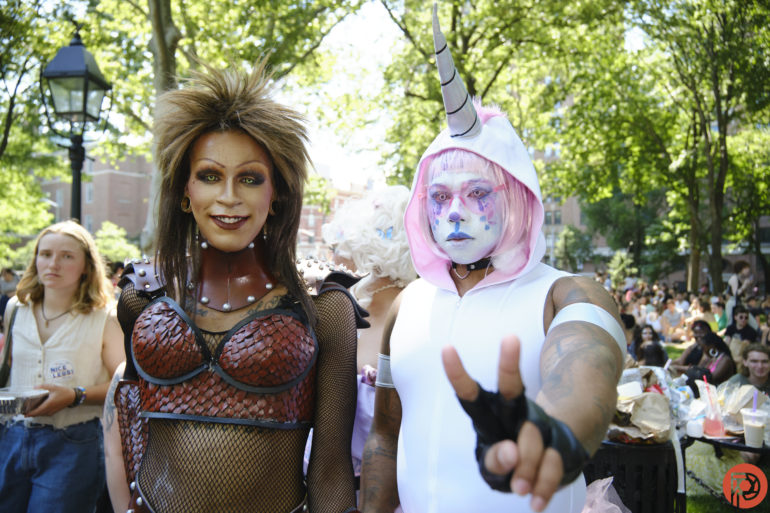
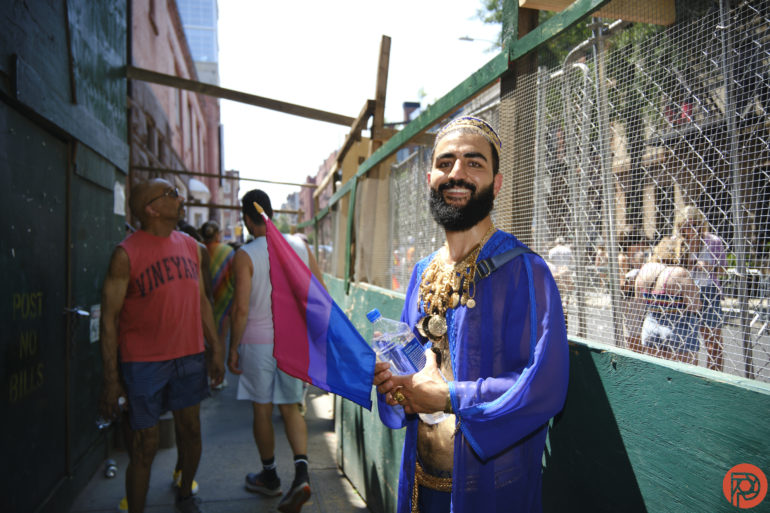








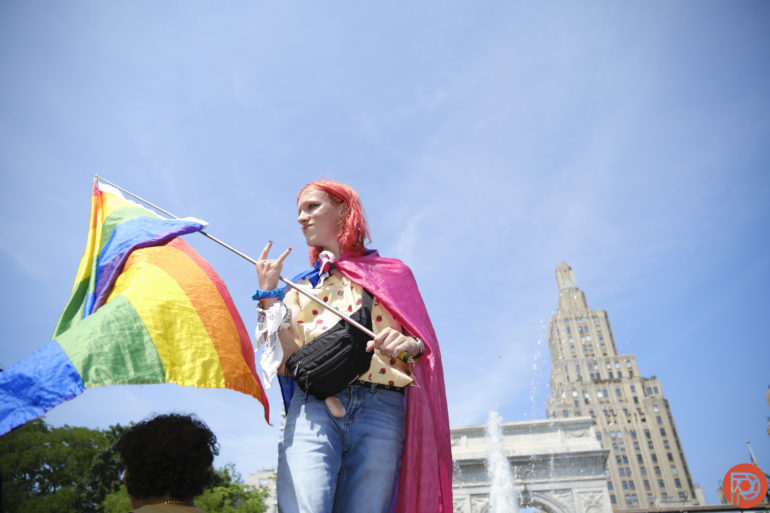






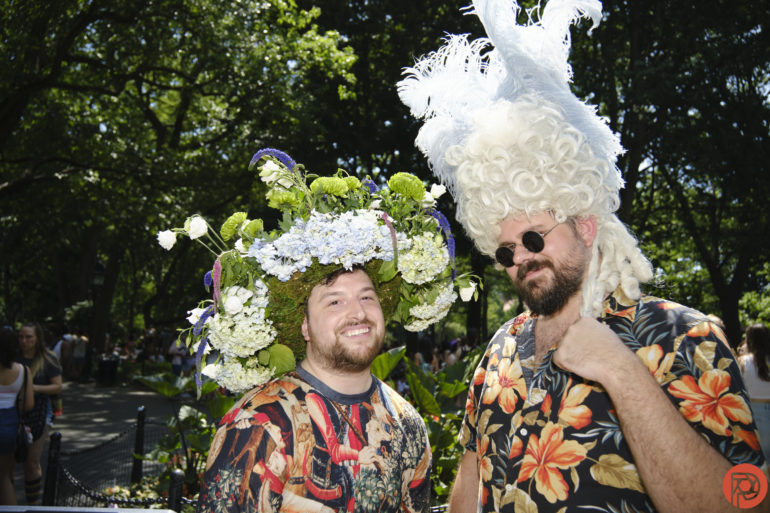





Conclusions
Likes
- Fairly small for what it is, but large for an APS-C lens
- Lens character
- Lens quality
- The color from the lens
- Weather sealing
- Fast autofocus
Dislikes
- This deserves to be on another camera system.


The Tamron 17-70mm f2.8 Di III-A VC RXD is a fantastic lens overall. You’re getting old-school Sony image quality, lens character, weather sealing, fast autofocus, and a lightweight body. How could you complain? My absolute favorite thing about this lens is the nostalgic feel I get working with it. The look of the images delivers me back to the Sony NEX days. And that puts me back on the streets of Manhattan enjoying the image quality I get. In these troubling times, it’s the best you can ask for.
The Tamron 17-70mm f2.8 Di III-A VC RXD receives our Editor’s Choice Award and five out of five stars. Want one? Check Amazon for the latest pricing.


